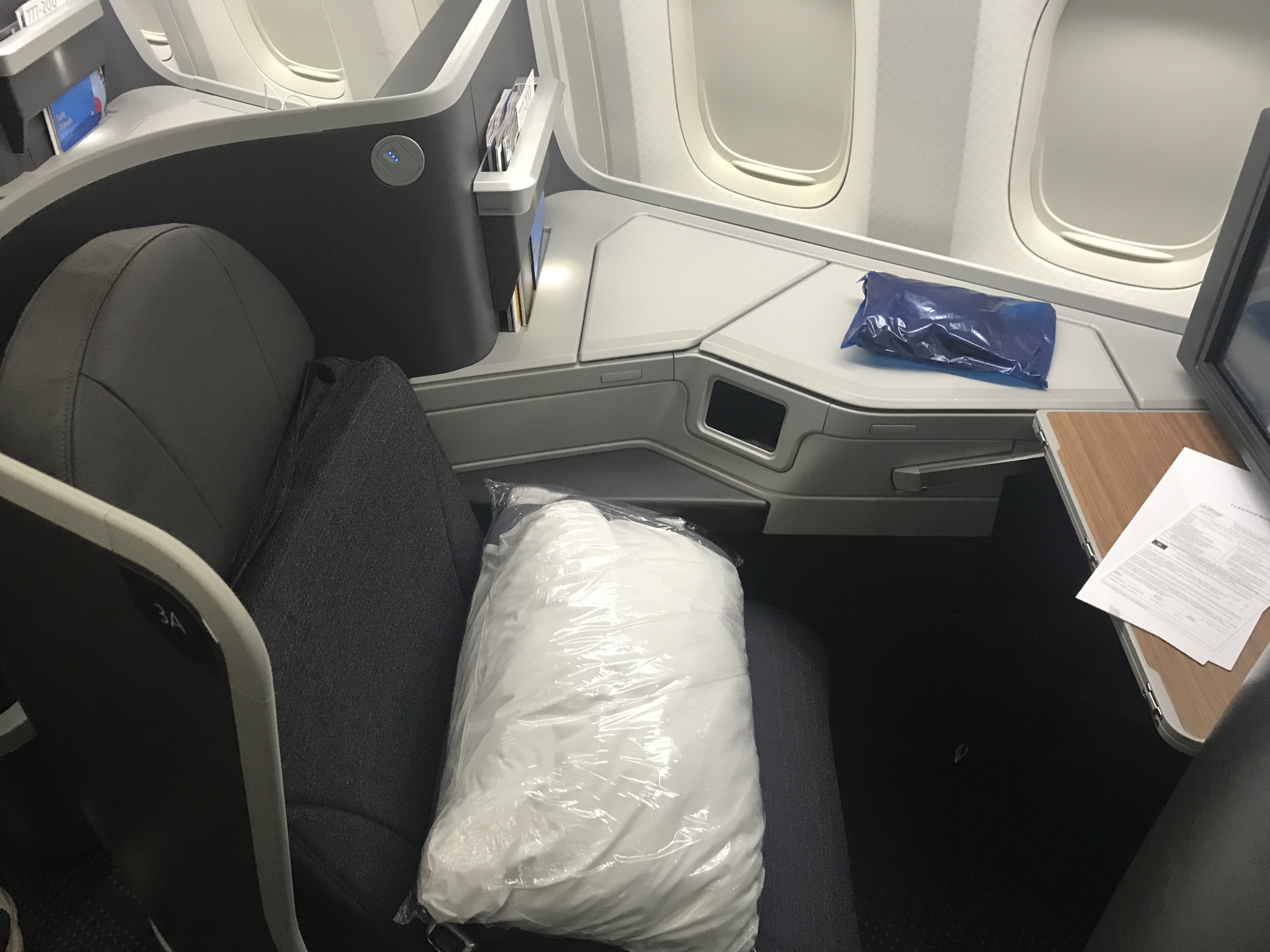
Mileage Run Planning: A Complete Guide
We recently closed out 2019, the end of the year is always filled with holiday cheer, family gatherings, lots of good food, and frequent fliers chasing the siren call of elite status. Haven’t heard of that last one? Then you aren’t among that special set of frequent fliers whose mileage run planning has them jetting off across the globe one final time, just for the elite miles.
If you’re completely unfamiliar with the concept of a mileage run, don’t worry. We’ll cover that, along with basics of elite status qualification for each of the major carriers, how to find mileage run fares, and when to decide if mileage running is worth it.
What is a Mileage Run?
A mileage run is when someone books and flies a ticket simply for the miles earned. Mileage runs are typically short, something that can be stuffed into a couple days or at most over a long weekend, with an efficient itinerary that earns a high number of miles.
Mileage runs used to be a huge thing with savvy frequent flyers. This was when airlines awarded redeemable miles based on distance flown. This isn’t the case anymore for most programs. Previously, catching an error fare, or even just a cheap fare, could result in windfall amounts of redeemable miles.
But those days are essentially completely past us. As most airlines award miles based on the fare price, cheap fares earn fewer miles than ever. What’s still alive, however, is the elite status mileage run.
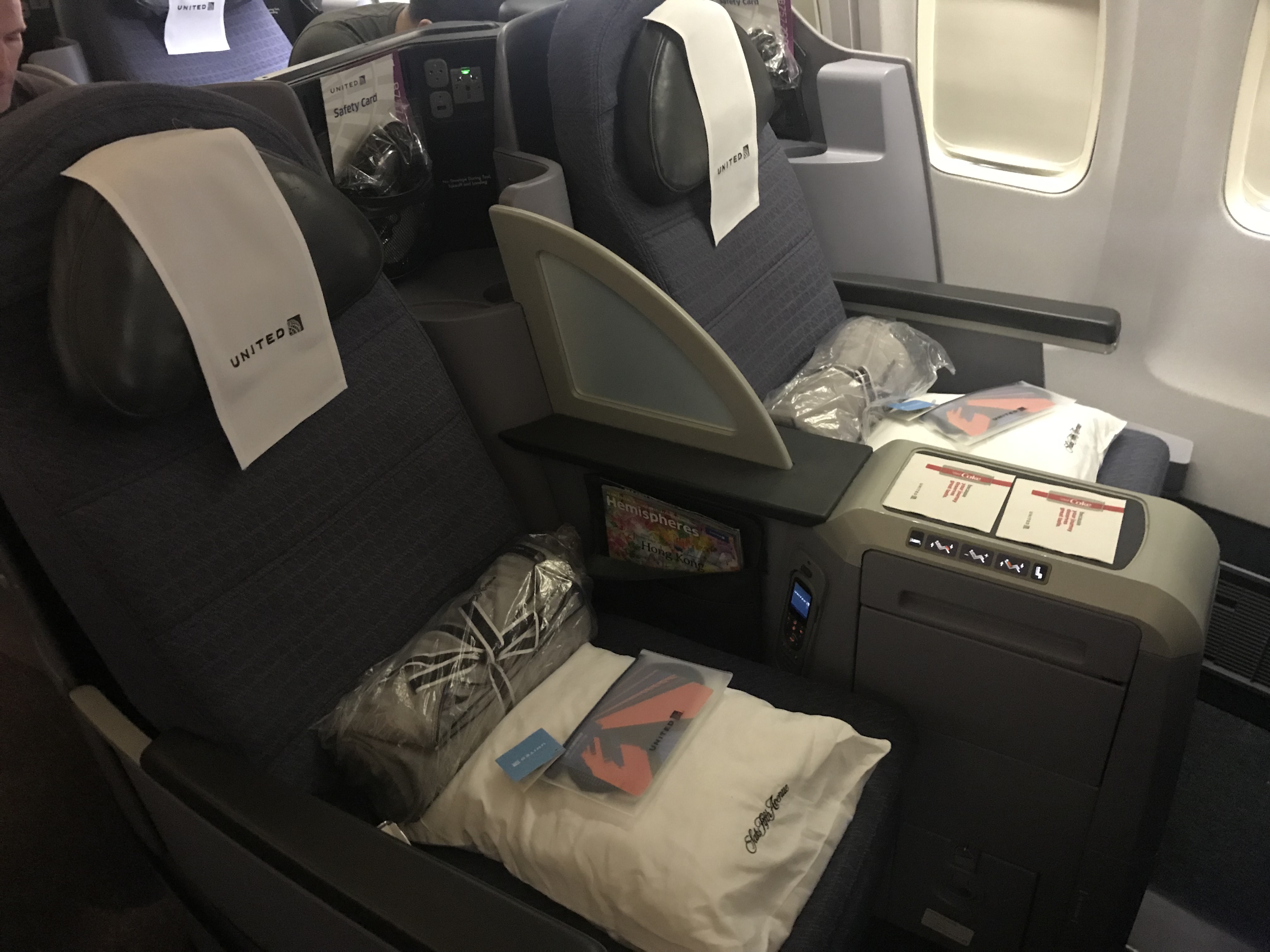
Mileage Running For Status
Mileage run planning for elite status is the most common type I see today. This is where you fly simply for the sake of earning elite qualifying miles or dollars, ensuring you attain elite status with your airline of choice. Most airlines still award elite miles based on miles flown. This means catching a cheap long-haul ticket can earn a substantial number of qualifying miles that boost your elite status.
More people than you might think participate in this end-of-year tradition of mileage running. Airline elite status is an addictive thing, as the perks it offers can come in extremely handy. Between the additional chance of upgrades to the ability to make same-day ticket changes easily, status can really pay off.
But what if you don’t quite get there? Imagine flying back and forth across the country for work all year, but end up just short of top-tier Delta Diamond Medallion status. If only you had to take one more trip to get you the rest of the way, would you take it? Even on your own dollar? Many people think the elite status mileage run is worth it, and they happily shell out cash for a ticket.
I save the discussion of when planning a mileage run is worth it for the end of the post. For now I want to focus on the basics of elite status qualification and how to approach each major U.S. carrier. I’m going to limit discussion to American, Delta, United and Alaska.

Basics of Mileage Running
The “Big 3” U.S. airlines have a couple different pieces for earning elite status: with American and Delta you have qualifying miles (or segments) and qualifying dollars. With United, you now have Premier Qualifying Flights and Premier Qualifying Points. Alaska just has Eligible Miles.
Three of the major airlines (American, Delta, and Alaska) award elite miles based on miles flown. Alaska awards redeemable miles based on miles flown as well. United has changed their qualification a bit, awarding points instead of miles. More on that later. For the other three, miles flown are what count.
Suppose you’re flying from San Francisco to New York – JFK. This distance rings in around 2,580 miles point-to-point, which is approximately what you’ll be awarded for that flight at a 100% earning rate. Most airlines show the number of miles flown and earned by your ticket. But if you need to estimate, MileCalc is my go-to tool.
Different fare classes, cabin classes, and partner airlines have different earning rates. I mentioned the 100% rate earlier, which is the standard accrual for typical main cabin flights booked with the airline itself. With some airlines, basic economy earns fewer qualifying miles. Partner airlines often have different earning rates, and you’ll typically enjoy a boost to your miles when booking a premium cabin. This is all still based off the distance flown.
In a nutshell, you’re looking for the most flown miles for the cheapest price.

Handling the Spend Requirements
Things get trickier when you need to consider qualifying dollars. There are some great mileage run deals that come around that earn a ton of miles, but are rather poor at earning qualifying dollars. A mileage run may not be helpful if you are already flying cheap, long-haul tickets and have earned a large number of miles but are lacking qualifying dollars. This is one of the reasons the airlines introduced the spend requirements.
Each of the “Big 3” airlines has a spending requirement. Alaska does not. For American and Delta, the requirement only applies if you are a U.S.-based program member, so one way around these requirements is to use an overseas address.
Another way of avoiding the qualifying dollar requirement includes meeting credit card spending thresholds. Both Delta and American have a way to earn qualifying dollars (or a waiver) through spend. These are:
- Spend $25,000 on your Aviator Business card to earn 3,000 Elite Qualifying Dollars (EQDs). Spend $50,000 on your Aviator Silver card to earn 3,000 EQDs.
- Spend $25,000 on your Delta credit card(s) to waive the MQD requirement for Silver, Gold and Platinum elite status. Spend $250,000 on your Delta credit card(s) to waive the MQD requirement for Delta Diamond Medallion. You must hold either a Delta Platinum or Reserve card.
- Spend $25,000 on the Delta Platinum Card or Delta Platinum Business Card to earn 10,000 bonus Medallion Qualifying Miles (MQMs), up to two times per year.
- Spend $30,000 on the Delta Reserve Card or Delta Reserve for Business Card to earn 15,000 bonus MQMs, up to 4 times per year.
Another way to handle qualifying dollars is to book a mileage run that is focused on qualifying dollars. As these are a function of distance flown for partner airline flights, you can sometimes earn huge numbers of qualifying miles for less spend. I’ll explain more in detail as we now discuss mileage run planning strategies for each of the major airlines.
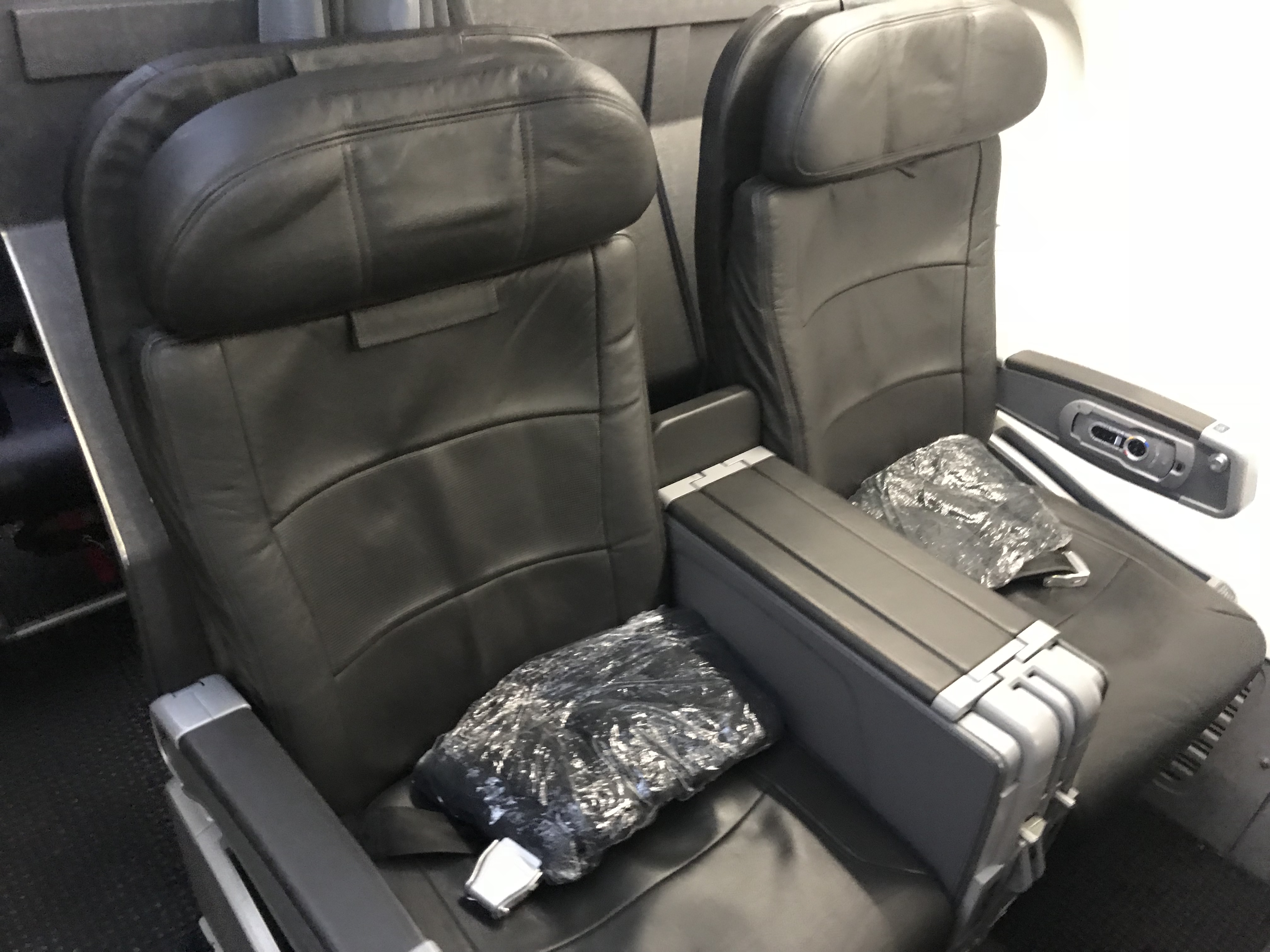
American Airlines Mileage Running
American Airlines operates a typical elite status program with both a mileage requirement and spend requirement. The elite status levels are achieved as follows:
- Gold Elite – 25,000 EQMs or 30 segments and $3,000 EQDs
- Platinum Elite – 50,000 EQMs or 60 segments and $6,000 EQDs
- Platinum Pro Elite – 75,000 EQMs or 90 segments and $9,000 EQDs
- Executive Platinum – 100,000 EQMs or 120 segments and $15,000 EQDs
In general, I find American Airlines status to be a harder one to mileage run with economy fares. American’s own basic economy (B-class) only earns 50% flown miles as elite qualifying miles (EQMs). Many partners have “deep discount” fare classes that credit 0% to 50% flown miles as EQMs.
In general, American’s closer partners provide better mileage credit. These are British Airways, Iberia, Finnair, and Qantas. Qantas is particularly good, as all revenue fares earn 100% mileage credit.
The spend requirement is the tougher part of American status. I would absolutely look at opening one of the two American Airlines co-branded credit cards and plan to spend for the EQD boost.
The other option for a boost to EQDs is booking fares in premium economy. It is the sweet spot between cost and accrual, earning 1.5 EQMs and 20% EQDs per mile flown with most partners. Just make sure you book the partner marketed flights and not through American! You won’t get the same EQD credit if you book through American.
Here is a rundown of strategies I would employ mileage running with American:
- Look for long-haul mileage run deals that earn 100% flown miles as EQMs. Chasing Qantas sales from the West Coast is a good option, as you can sometimes earn ~15,000 EQMs for $700 or less.
- Premium economy is an excellent sweet spot to investigate. I recent example I found is a fare of $985 between SFO and BCN via LHR on British Airways that would earn ~$2,280 EQDs and ~17,500 EQMs. You earn most of a status tier in one fell swoop.
- Business class deals are also excellent, but they are obviously costly. Sometimes you can catch British Airways deals that will earn an excellent number of miles. The issue will likely still be EQDs, as 25% flown mileage credit still isn’t too hot, comparatively speaking.
- Absolutely open a co-branded credit card and spend to earn 3,000 bonus EQDs. You will almost certainly need them.
- Avoid basic economy. I mean, I would for other reasons, but if you’re going for status, it’s pointless, as you don’t enjoy the benefits anyway.
American is my least favorite program when it comes to mileage run planning. Let’s move on to greener pastures.
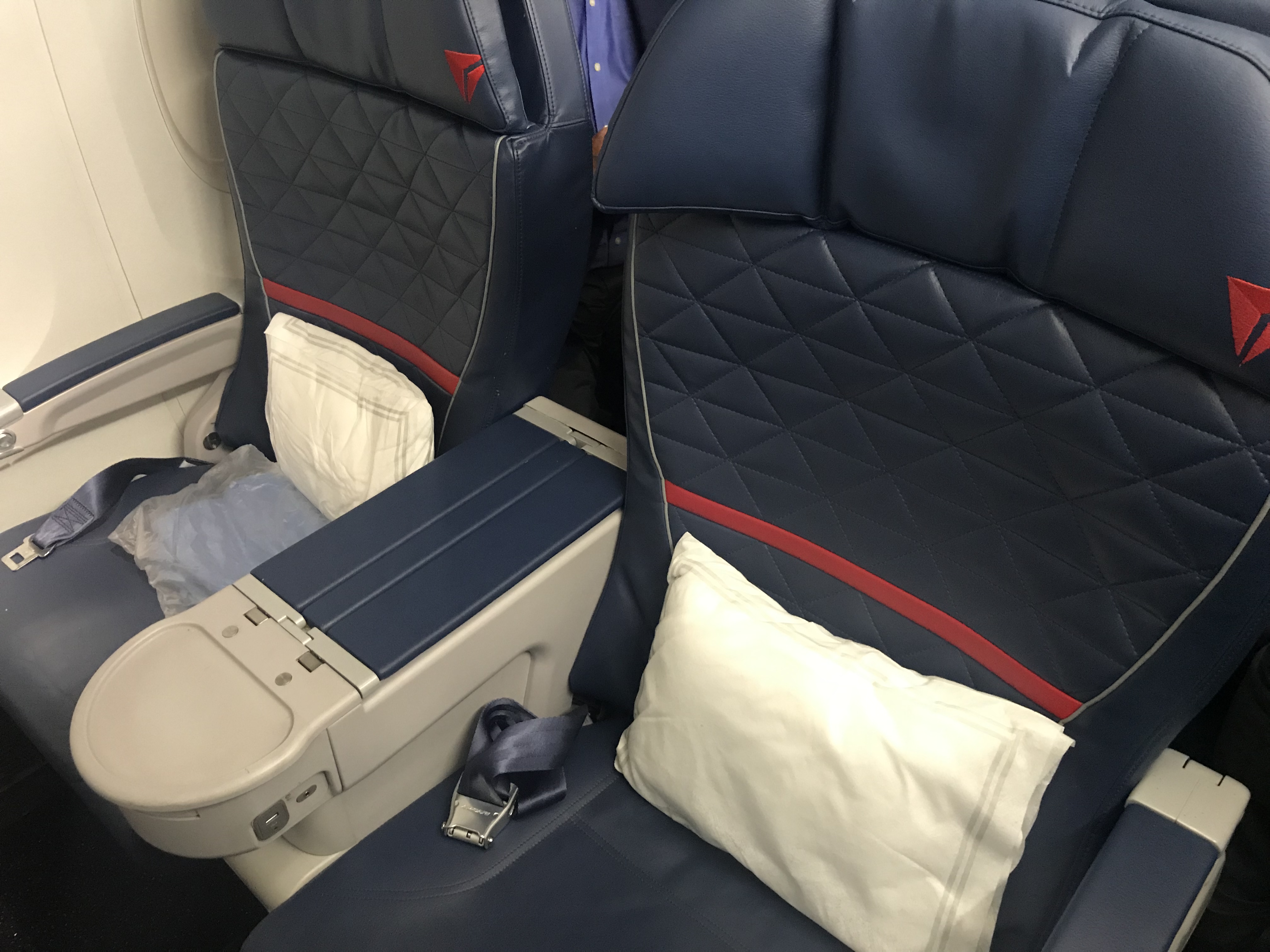
Delta Air Lines Mileage Running
Just like American, Delta Air Lines operates a typical elite status program with both a mileage requirement and spend requirement. The elite status levels are achieved as follows:
- Silver Medallion – 25,000 MQMs or 30 MQS and $3,000 or MQD waiver
- Gold Medallion – 50,000 MQMs or 60 MQS and $6,000 or MQD waiver
- Platinum Medallion – 75,000 MQMs or 100 MQS and $9,000 or MQD waiver
- Diamond Medallion – 125,000 MQMs or 140 MQS and $15,000 or MQD waiver
The MQD waiver is possible by spending $25,000 on premium Delta co-branded credit cards for Silver through Platinum. For Diamond, you need to spend a whopping $250,000.
Delta Mileage Run Planning Strategy
Delta has a good number of partners, some close, some not so close. Sticking with the close partners is almost a must if you want to see high MQM and MQD accrual. I’ve seen these referred to as “Tier 1” partners. They are the following:
- Air France
- KLM
- Virgin Atlantic
- Virgin Australia
- Alitalia
- Aeromexico
- Korean Airlines
- GOL
- China Eastern
Flights with these partners earn 100% flown miles as MQMs in all revenue fare classes, at a minimum. This means that even the best SkyTeam sales from the West Coast to Europe can earn 10,000 or more MQMs. This is excellent.
Earning MQDs, though, is often the trickier part of achieving Delta status. Even if you fly 10,000 miles, earning 5% as MQDs only gives you 500 MQDs. This simply won’t cut it in terms of pacing with your MQMs.
Enter premium cabin runs. If you’re serious about Delta status, but seriously short in MQDs, flying Tier 1 partners in either premium economy or business can credit 30% or 40% flown miles as MQDs.
Here are the strategies I would employ mileage run planning with Delta:
- Plan your vacations around SkyTeam sales with Tier 1 partners. There are enough, if you can travel during shoulder season, to both Europe and Asia.
- Search for sales in Delta’s Premium Select cabin (earns 150% flown miles as MQMs) or partner premium economy for a similar rate. Fares from LAX to Shanghai have been as low as $850 round-trip.
- Look for Aeromexico deals to central or northern South America in business class for fares that earn significant MQDs.
- China Eastern has some great fares in both economy and business that are lucrative mileage run options. You just have the pleasure of flying China Eastern.
- Along the same lines, consider getting a 10-year Chinese tourist visa. No, I’m not kidding. Many mileage run deals will take you to China. Same goes for other Asian countries like Vietnam and India.
- Consider stopping short at Platinum by hitting the spend waiver on a Delta co-branded card (hopefully also netting some bonus MQMs)
Personally, I find Platinum status to be a fine stopping point. Diamond would be lovely, but between the much higher mileage and spend requirement, it’s just way out of reach. Platinum is a good mid-tier status that offers some great perks (no fees for canceling awards, one Delta Choice Benefit) and is not especially hard to achieve. You can easily fly the necessary 75,000 miles on tickets that cost less than $3,000 if you do some careful planning.
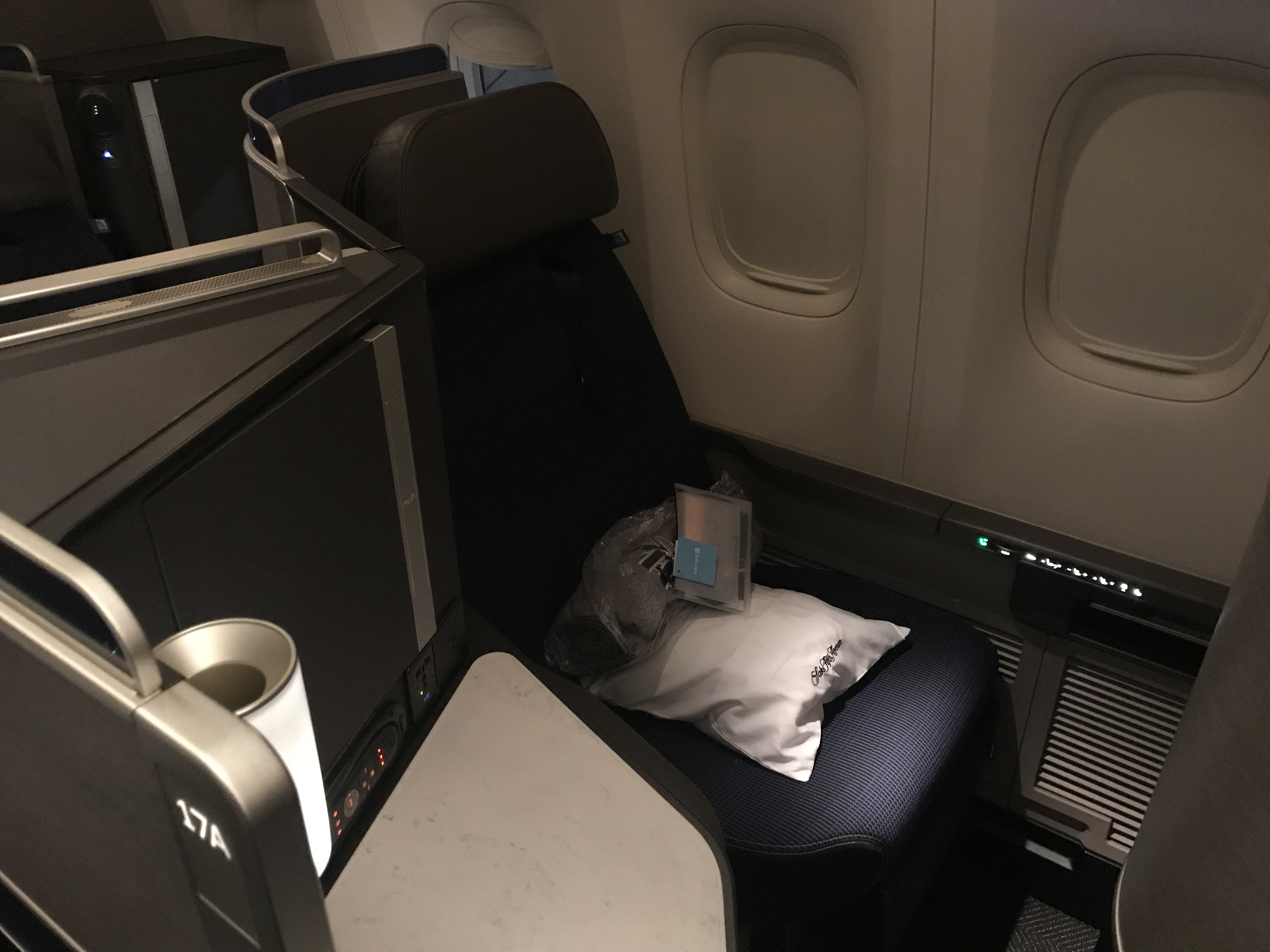
United Airlines Mileage Running
United made drastic changes to their system for Premier Qualification starting in 2020. It is now more of a frequent spend program rather than a frequent flyer program. Status is achieved through both flights and Premier Qualifying Points (PQPs), which are analogous to dollars spent. Here are the elite status requirements:
- Premier Silver – 12 PQF and 4,000 PQP or 5,000 PQP
- Premier Gold – 24 PQF and 8,000 PQP or 10,000 PQP
- Premier Platinum – 36 PQF and 12,000 PQP or 15,000 PQP
- Premier 1K – 54 PQF and 18,000 PQP or 24,000 PQP
United’s switch to the points system made status harder to achieve for some while allowing easier accrual for others. There are both winners and losers, although there are overall much cheaper ways to earn it. One thing is for sure: the spend requirements are massive.
With United itself, I see little point to mileage run on their own metal unless you are very close with either flights or points. The dollars you spend on your fare translate roughly to points, and it isn’t worth spending $2,000 to hit Gold status.
Careful planning with partners is the strategy I would employ if chasing status with United Airlines. Unlike United, partners still credit based on flown miles, modified by fare class multipliers. Economy usually credits less than 100%, while premium economy and business credit at 100% or more.
The accrual rates vary from partner to partner, but you can find some excellent deals in all cabins. Check out the United partner page to find the better partners.
The United Mileage Run Sweet Spot
Premium economy is the particular sweet spot I want to highlight. For a couple carriers (hint: Singapore is a good one), you can sometimes find good premium economy deals that earn a comparatively high number of PQP for the dollars you spend.
My best example is flying Singapore Premium economy from Newark to Manila via Singapore. This itinerary in R-class premium economy and E-class economy earns ~21,244 redeemable miles, which translate to 3,540 PQP. This is from a fare that costs just $1,129. Check out this post for more details on United.
I don’t have any specific destinations that I suggest for United mileage runs. Maybe Air Canada economy deals to China. The system is new, and the premium economy sweet spot is the primary strategy I see for high PQP earning.

Alaska Airlines Mileage Run Planning
Unlike the other programs, Alaska does not currently have a spending requirement for elite status. You qualify simply by flown miles on either their own flights or partner flights. Here are the three elite levels:
- MVP – 20,000 miles on Alaska or 25,000 miles on Alaska and partners
- MVP Gold – 40,000 miles on Alaska or 50,000 miles on Alaska and partners
- MVP Gold 75K – 75,000 miles on Alaska or 90,000 miles on Alaska and partners
Alaska may be the cheapest frequent flyer program to mileage run, due to the lack of a spend requirement. With some coast-to-coast flights that earn over 5,000 miles each, you can hit MVP status in a mere four round-trips.
Flying Alaska Airlines itself is typically the best way to rack up miles, as Alaska credits 100% of flown miles as both redeemable miles and qualifying miles for all revenue fare classes.
Partners are a bit different. You often earn a fraction of the flown miles in the lowest fare classes, making the cheapest long-haul economy tickets hardly worth it for chasing MVP status. Qantas used to be an excellent option, crediting 100% flown miles for all economy classes, but this just went by the wayside.
Primary strategies I would employ mileage run planning with Alaska Airlines are:
- Jump on fare deals for vacation destinations you’re already interested in. Hawaii from the West Coast earns ~5,000 miles, and you can often score this for less than $300 round-trip.
- Cheap transcontinental routes are often a great option (San Francisco to Boston, Los Angeles to NYC)
- Premium economy deals with partner airlines can offer decent accrual rates of 100% or more of miles flown. If the long-haul fare is reasonable, this might be a way to fly in comfort and rack up a lot of miles.
- If you can find a good deal, business class on some partners such as British Airways offer great accrual rates.
A good target for Alaska miles is earning them at ~4 CPM. If you’re getting them for much less than this, it’s a total steal.
Make sure you check the ticket you’ve booked with Alaska partners! I mis-credited a British Airways flight that was booked as a Finnair codeshare. The Finnair flight number was ineligible to earn miles.
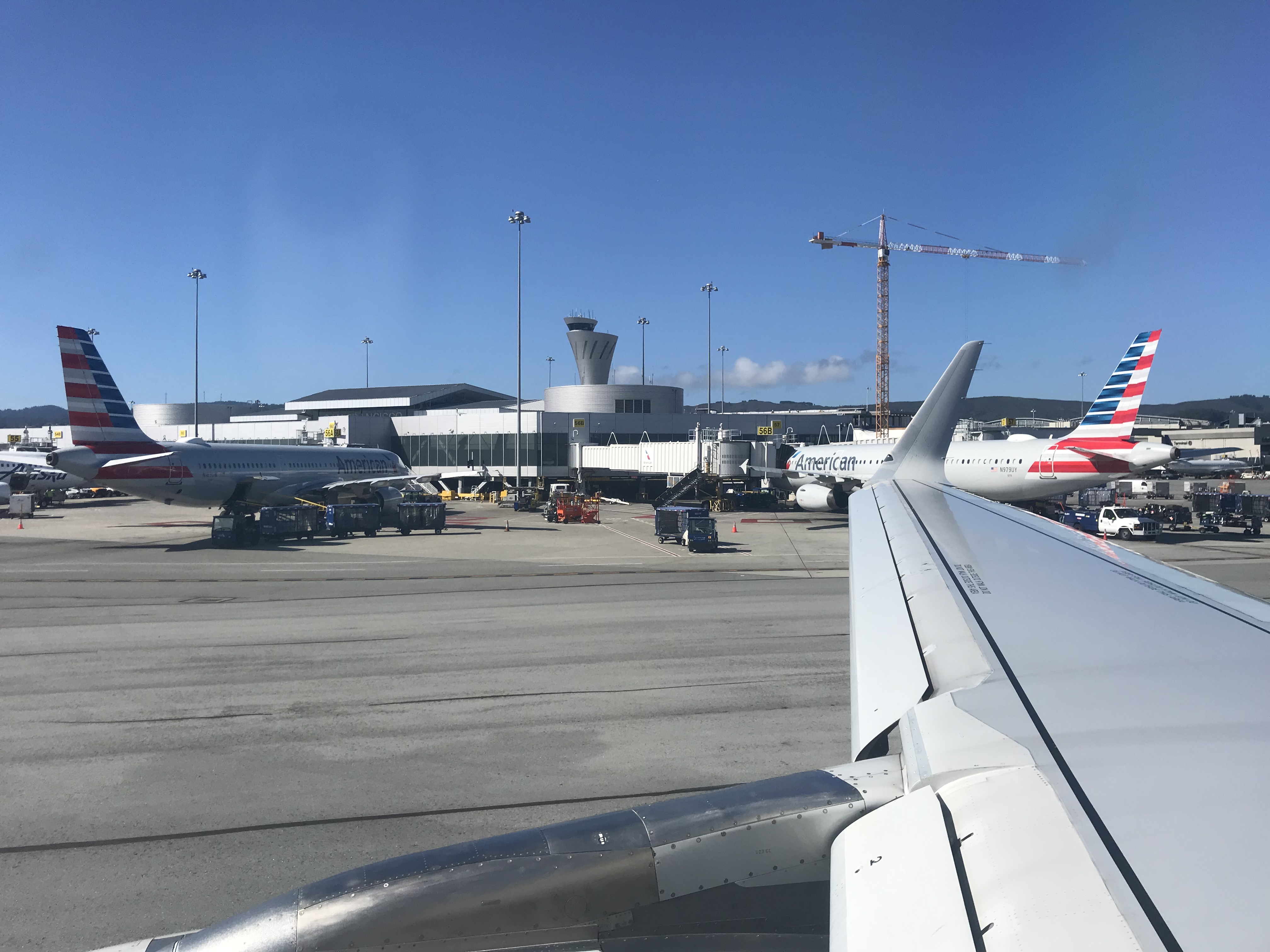
Is An Elite Status Mileage Run Worth It?
Many people will argue that mileage running is entirely worth it. Top tier status with most airlines means more upgrades, more waived fees, additional redeemable miles on paid fares, and lots of other benefits. You are also given some version of “global upgrade” certificates that allow you to buy an economy fare and upgrade into business. These alone are worth the cost of the run to many, if they are savvy with their usage.
I will argue that the best way to mileage run, if you’re intent on doing it, is to try to build it directly into trips. This will make it less mileage running, and more leveraging your vacation or work travel to earn significant numbers of qualifying miles and/or dollars to achieve status. Mileage run planning around a vacation is the first strategy I’d pursue.
If you’re paying significantly more for the fare, however, I’d still argue that it isn’t worth it. But if sticking with a particular airline (or alliance) and paying a couple hundred dollars more overall versus going with the cheapest fare each time earns you at least mid-tier status, you have a solid argument.
When I’d argue a mileage run is worth it:
- You’re within 5,000 miles of an elite status tier and can hit this with no more than $200-300 out of pocket. Even this is questionable if it is the first status tier, as benefits are minimal.
- If you travel for work on high dollar fares and have the spend in the bag, but need the miles. Miles are always easier. Plan a vacation that augments your status.
- When you can accomplish it as part of your vacation plans rather than a run! I know this is not a mileage run anymore. But I consider this part of strategic mileage run planning.
- When you have a shot at hitting top-tier status. The upgrade potential and business class upgrade certificates alone are worth somewhere in the $1,000s.
Just do the math for yourself. Approximate the value of the various benefits (extra miles, upgrades, fee waivers, upgrade certificates) that you enjoy as an elite member and then decide if the cost of a mileage run is worth the cost. If you’re super close to a mid- or upper-tier status, it will almost certainly be worth it.
Finally, I would argue mileage running is never worth it if you’re traveling only a handful of times per year. A co-branded credit card will offer enough benefits as to not make low-tier status even worth it.
Conclusion
I hope I’ve illustrated enough mileage run planning strategies at this point. Even if you think a mileage run is the most insane idea ever, I hope this gives you a bit more insight into this odd practice by frequent flyers.
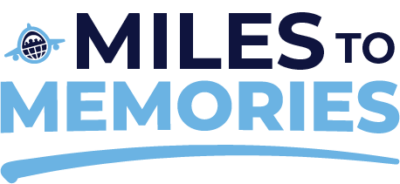
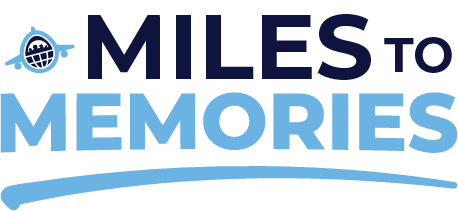

Sorry I must have been confused about the MQM vs the old miles.
No worries. Losing the bonus redeemable miles is certainly a loss. I cannot imagine them cutting the bonus MQMs. It’d be a massive downgrade if all you could earn is the MQD waiver!
I did 33 mileage runs over a 3 year period to maintain EXP status with AA. Some of my flights were as low as $140 RT (PHL-LAS) and I would get upgraded both ways. Those fares are gone now but it was great while it lasted!
That’s quite the deal for that route!!
This information is out of date. It changed for the Delta Platinum credit card on January 30, 2020. Miles can not be earned for $25,000 spend, only Medallion.
Hi Gary,
I’m slightly confused. The bonus miles benefit did drop off, but you can earn the MQMs and the MQD waiver. I don’t think I mentioned the bonus redeemable miles?
I don’t understamd why the full posting does not appear in my feedly reader. I plan on deleting this site unless I can figure it out. Tired of having to click through so many times just to read the article.
Hi Lisa. We are ad supported and thus ask that you visit our site to see our completely free content. It helps to support us so we can actually write things like this extensive guide you are commenting on. You just have to click through once to see our article if in our feed. Clicking the title brings you right to it.
With that said, we do have a full feed for those who desire it. We ask that you visit the site, however if you wish you can use this. https://milestomemories.boardingarea.com/feed/full
AA segment qualification is 30 60 90 and 120
Thanks, Ed. Really bad copy/paste error on my part!